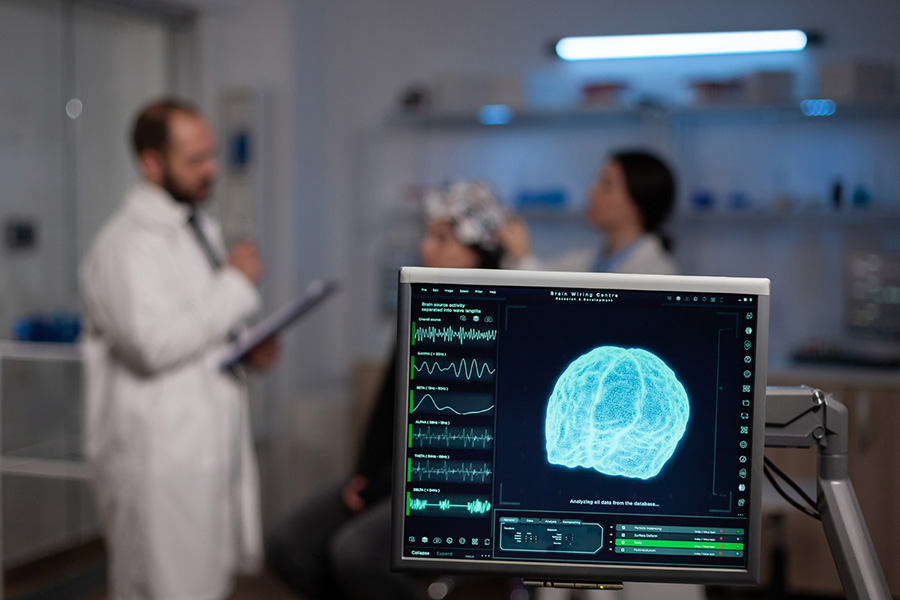
Creativity in neurodegenerative disorders may stem from non-dominant brain region enhancement and frontal lobe decline.
Authors
Safwan Ahmed, Department of Neurology, Hazm Mebaireek General Hospital, Hamad Medical Corporation, Doha, Qatar
Chandra Ratnaswami Sadanandavalli, Department of Neurology, S.K. Hospital, Edapazhanji, Kerala, Thiruvananthapuram, India
Ganesan Venkatasubramanian, Department of Psychiatry, National Institute of Mental Health and Neurosciences, Karnataka, Bengaluru, India
Subasree Ramakrishnan, Department of Neurology, National Institute of Mental Health and Neurosciences, Karnataka, Bengaluru, India
Jamuna Rajeswaran, Department of Neuropsychology, National Institute of Mental Health and Neurosciences, Karnataka, Bengaluru, India
Mariamma Philip, Department of Biostatistics, National Institute of Mental Health and Neurosciences, Karnataka, Bengaluru, India
Rajnish Kumar Gupta, Department of Psychology, Manipal University Jaipur, Rajasthan, India
Indupriya Babu, Department of Behavioural Sciences, Jindal Institute of Behavioural Sciences, O.P. Jindal Global University, Sonipat, Haryana, India
Summary
Background and Objectives: Patients with neurodegenerative disorders generally lose their acquired cognitive skills. However, a few of our patients showed creative skills in new areas, and we tried to evaluate a possible neural substrate for this phenomenon.
Methods: Patients who attended the memory clinic of National Institute of Mental Health and Neuro Sciences between December 2016 and September 2018 were screened as per the inclusion and exclusion criteria. All mandatory investigations including complete neuropsychology workup were done. The Creativity Styles Questionnaire and Temperament and character inventory-Revised (TCI-R) were used to assess creativity. Magnetic resonance imaging, voxel-based morphometry, and resting-state fMRI were done and the results analyzed.
Results: A group of previously non-creative patients showed creative skills in the face of neurodegenerative disorder. Out of 110 patients, 10 patients could be called creative. As the disease worsened, creativity was lost. These persons showed enhanced volume in the non-dominant angular gyrus, and its faciliatory connectivity to dorsolateral prefrontal cortex and inferior parietal lobe was seen. Paradoxically, creativity seems to emerge in some patients with major cognitive disorders and it disappears as the disease progresses. Creative domain varies from person to person, and the longest preserved domain is music. The fMRI findings suggest that the enhanced areas may play a role in sustaining creativity even in patients with degenerative diseases.
Conclusion: Although case reports of creative skills in patients with major cognitive disorders exist, a complete workup of the neural basis has not been conducted so far. Higher volume in the non-dominant regions with relatively preserved language domain could be dysfunctional plasticity causing disinhibition of the innate creative skills when frontal lobe functions decline.
Published in: Annals of Indian Academy of Neurology
To read the full article, please click here.

